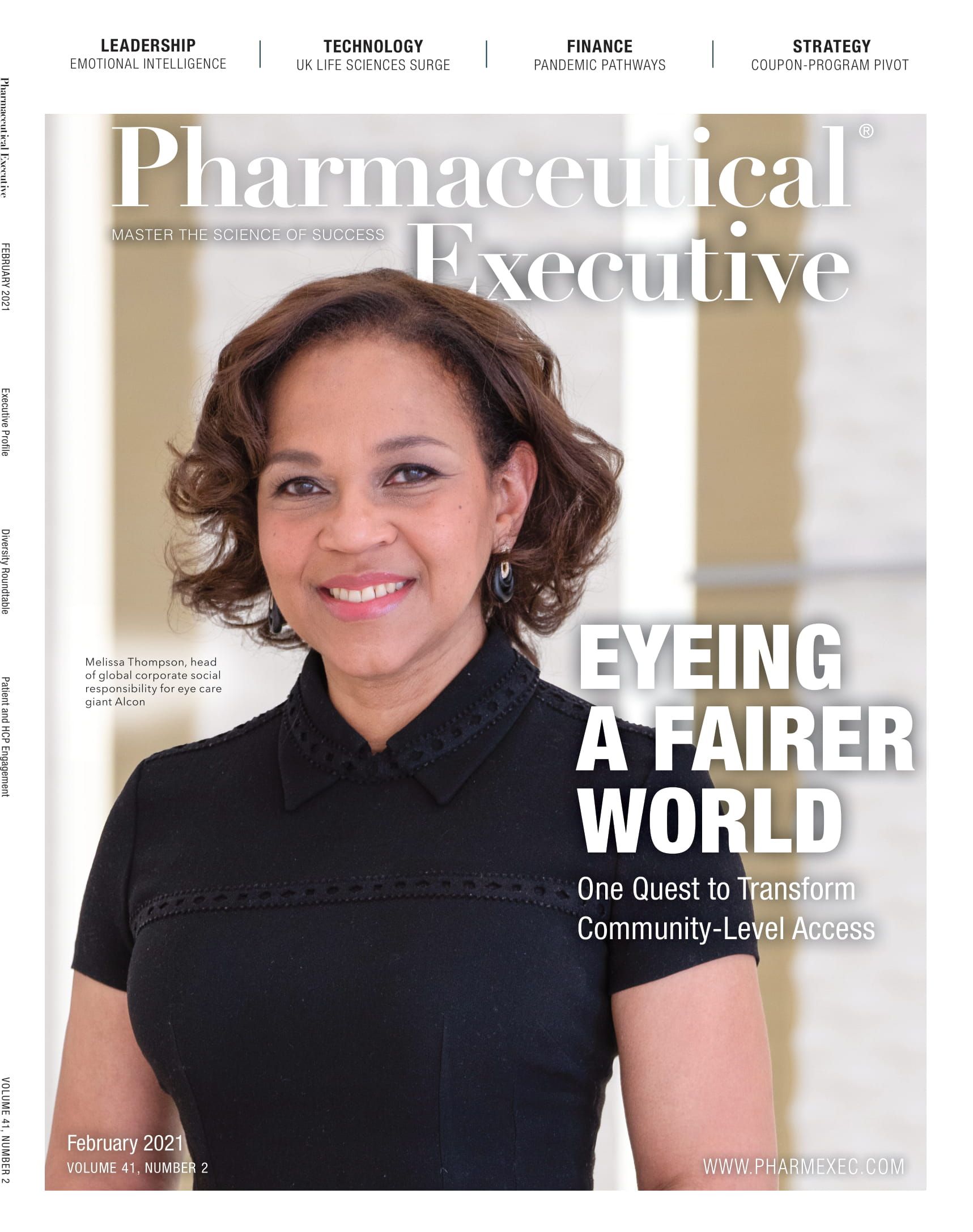Virtual’s Long-View Reality: Future Priorities and Perspectives
Telemedicine is definitely here to stay, but recent study may offer clues on its sustaining power.
COVID-19 shifted the paradigm of healthcare provision, turning medical visits that were once widely done in-person into a virtual experience for both physicians and patients. Telemedicine, which was slowly gaining traction in the US healthcare system, saw a surge in utilization as social distancing measures and state lockdowns ensued.
Ipsos research conducted in September 2020 shows that while the pre-COVID environment saw telemedicine utilization as roughly 2% of all patient visits,1 the initial stages of the pandemic saw that figure surge to 100% in some physician practices. With this experience in mind, physicians anticipate that long-term virtual care usage will be sustained after the pandemic and represent roughly 15% to 20% of post-COVID patient visits. Ahead is a glimpse of some additional findings from 10 in-depth interviews conducted by Ipsos, in partnership with GLG, among physicians, insurance companies, and industry stakeholders between Sept. 3–18, 2020.
It is clear that telemedicine is here to stay—but the critical question becomes: In what way? Stakeholders across the healthcare space, including pharmaceutical manufacturers, must now account for this evolving treatment landscape.
To ensure their success, companies should now look to:
- Understand the new patient experience.
- Support telemedicine usage among providers.
- Enable their products with appropriate support tools and programs.
Imagine the hypothetical journey of patients dealing with cardiovascular diseases, and how telemedicine usage may impact patients and physicians. A key trigger point here is diagnosis; telemedicine will be utilized more frequently to respond to specific cardiac events and guide treatment at early stages of the condition. Another intervention point is ongoing condition management, where increased healthcare professional (HCP)-patient interaction via telemedicine could drive better monitoring of condition progression and treatment efficacy. Telemedicine consults should also allow for better continuity of care between acute hospitals or specialists and primary care. Thinking about the brand’s patient, some questions to consider include:
- How does telemedicine impact how your patients deal with their conditions, the way they seek product information, their relationships with their physicians, and how they choose sites of care?
- Where within the journey are the key intervention points, i.e., “the moments that matter”?
- Where can you provide unique and meaningful value to the consumer, and how can telemedicine fit into this value proposition?
Figure 1. Previous usage by physicians and post-pandemic projections. (Source: Ipsos)

More than ever, patients are taking control of their health, and through telemedicine, manufacturers can develop innovative ways to improve their digital strategy and enhance patient engagement. In particular, companies should ensure existing patient support systems can be engaged digitally, and that providers are appropriately directing patients to these resources. These measures allow patients to better understand their treatment, and can greatly increase compliance.
Telemedicine also allows for improved data capturing to drive treatment decisions, both at a patient-specific level and a population health level. Patients are increasingly willing to share medical data with manufacturers to improve outcomes—what types of strategic, yet empathetic, initiatives could be developed to leverage patient contributions in telemedicine?
Table 1. Summarizing key insights from interviews with physicians and other stakeholders. (Source: Ipsos)

Telemedicine usage also affects the manufacturers’ relationships with providers. While compliance must be considered, industry stakeholders should ensure that provider partners and their patients feel supported. This can manifest itself in a variety of ways, from teaching HCPs how to help patients utilize support programs to educating providers on appropriate usage and administration of their products over a digital medium.
Already, companies and brands are creating digital materials and interactive experiences for physicians to share with patients during remote visits. What marketing and educational materials make sense for you and your brands?
Finally, telemedicine will play an important role in your product story as well. Because the telemedicine platform reduces the barrier to provider–patient interactions, it improves access to treatments. The more frequent and immediate interaction can also help tackle a key barrier to product adherence: patient forgetfulness. How can you use the telemedicine platform to better communicate your product’s message and reinforce its value proposition?
Telemedicine does not mean that you should change your product’s positioning and message; however, you will need different tools to get that message across, using more succinct and interactive methods than before. One such method for consideration is direct response. By having these ongoing, one-on-one conversations with consumers, you can drive them to have direct telemedicine consultations as opposed to simply asking their doctors about a product during an in-office visit. Finally, there are new marketing tactics that should be considered, such as using “virtual waiting room” ads and messages.

Manufacturers need to have a proactive strategy on how to leverage the growing use of telemedicine—a strategy that clearly considers patients’ journeys, relationships with providers, and product messages. Patients are taking their health into their own hands, sharing personal information more readily, are more technologically savvy, and are looking for product education and support at home. HCPs are looking for tools that are “digital ready” to help them communicate and educate their patients during telemedicine visits. All these conditions and behaviors will lead to new business questions that need answers.
Importantly, manufacturers should not think of telemedicine in a silo. To be truly ahead of the curve, pharma companies must consider telemedicine as a component of their overall digital and connected health strategy.
Reference
- Ipsos’ COVID-19 Surveillance Report. Published April 2020.
Alex Colborn, Manager with Ipsos’ Healthcare Advisory Services team

Addressing Disparities in Psoriasis Trials: Takeda's Strategies for Inclusivity in Clinical Research
April 14th 2025LaShell Robinson, Head of Global Feasibility and Trial Equity at Takeda, speaks about the company's strategies to engage patients in underrepresented populations in its phase III psoriasis trials.